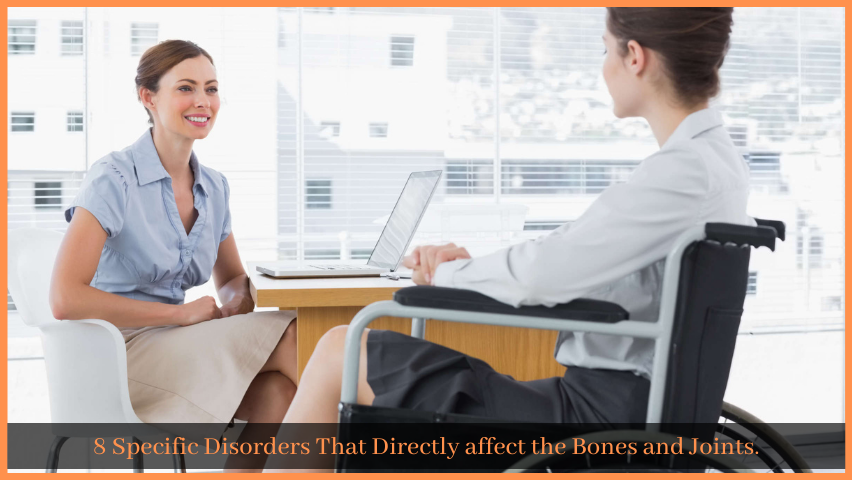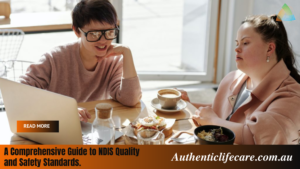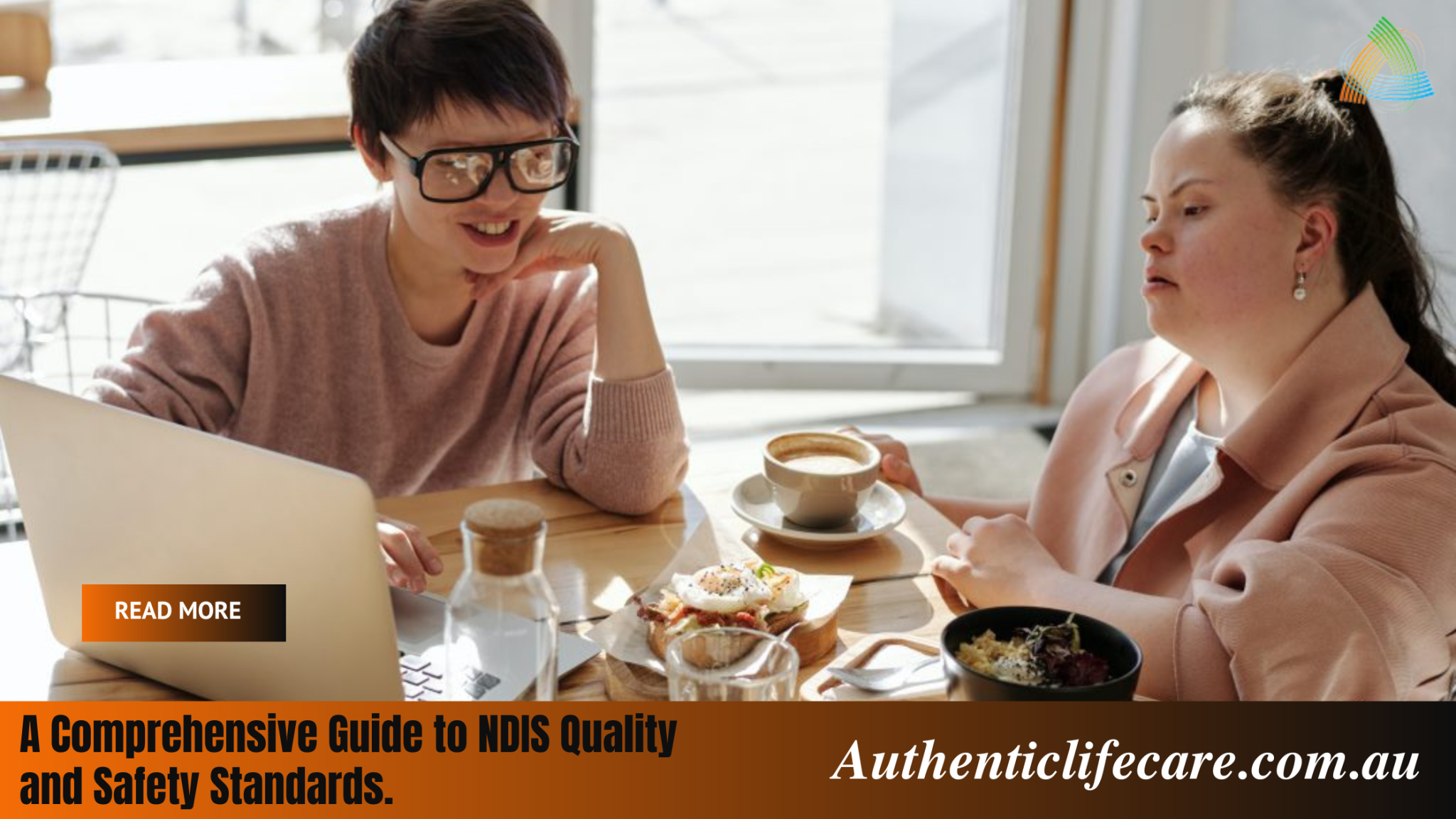Bones and joints are essential for the body’s physical capabilities, which include a wide range of movements. Bone and joint health are clearly worthwhile investments, especially as one approaches retirement. If you ignore them, you risk developing chronic pain and possibly being disabled. While bones and joints have a close association and perform nearly identical functions in the body, they are two separate entities.
Bones are made up of collagen and calcium phosphate, which makes them both strong and flexible. The body is shaped and supported by its substance.
Bones, in addition to assisting in movement, also serve as a protective shield for softer organs, as illustrated by the ribs in the chest, which protect the heart and lungs, and the skull, which protects the brain. Bones also store minerals and aid in the regulation of blood sugar levels.
Joints are locations where two or more bones connect and are made up of a variety of tissues including cartilage, synovial membrane, ligaments, tendons, and meniscus, as well as a fluid that allows the joint to move.
Disorders of the Bone
-
Osteoporosis
Because of changes in bone mineral density and mass, this frequent illness causes bones to become fragile, increasing the risk of fractures. Osteoporosis is described as a “silent” disease since no symptoms appear until a bone breaks. These fractures can occur in any part of the body, but they are most common in the hip, spine, and wrist.
Osteoporosis is more common among older women, despite the fact that it can affect anyone. Aside from age, being short in stature, having a family history, using certain drugs, and having low bone density are all risk factors.
-
Fracture
A fracture occurs when a bone is subjected to sudden or extremely intense pressure or stress. This includes falls, direct bodily impact, and sports-related injuries.
Fractures are more likely to occur in the elderly, people with osteoporosis, endocrine or intestinal diseases, and those taking corticosteroids. Fractures come in a variety of shapes and sizes, but they’re normally characterised as closed or open, incomplete or complete.
Closed/Open fractures
When a broken bone does not break the skin, it is called a closed or simple fracture. An open or compound fracture, on the other hand, occurs when the ends of a fractured bone break through the skin. Open fractures, which expose the bone and other tissues, increase the risk of infection for the injured.
Incomplete/Complete fractures
When a bone cracks but does not break completely, it is said to have an incomplete fracture. Complete fractures, on the other hand, occur when the bone is broken into two or more pieces.
Both varieties have a wide range of variations based on how the bone breaks and how it heals.
-
Scoliosis
Scoliosis is a condition in which the spine curves abnormally, forming an S or C shape. The disease is most commonly identified in the first seven years of a child’s life, during a growth surge before puberty.Around 80% of scoliosis instances have no known origin, while it could be caused by birth defects, neurological abnormalities, or hereditary disorders.
Scoliosis symptoms include one shoulder blade being higher or more protrusive than the other, unequal hips, a spinning spine, breathing difficulty, and back pain, depending on the degree of the disorder.
-
Paget’s disease
Paget’s disease is a long-term condition that affects how bones break down and grow. This causes excessive bone breakdown and regrowth, resulting in larger and softer bones than normal. Paget’s disease can lead to deformed bones that are more prone to fractures.
Paget’s disease symptoms are uncommon, and when they do appear, they can be comparable to those of arthritis. Pain in the affected area, headaches, and hearing loss (if the illness affects the skull), pressure on the nerves (if the skull or spine is affected), joint cartilage deterioration, increased head size, limb bowing, and spine curvature are some of the symptoms.













